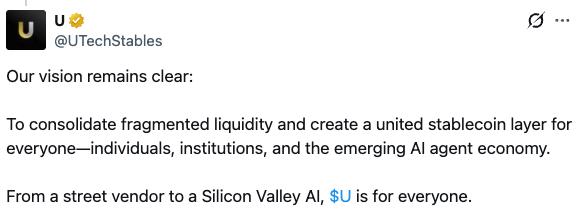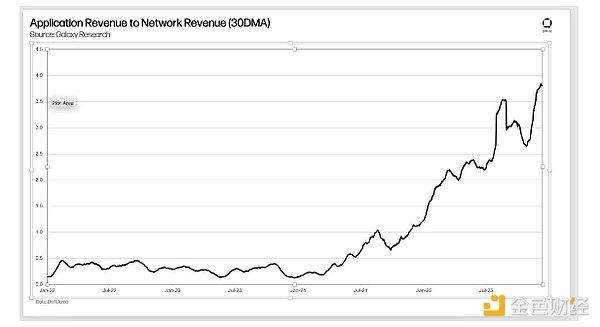Author: Spirit, Jinse Finance
On March 10, 2025, the global financial market experienced severe turbulence. The U.S. stock market was hit by a panic sell-off due to Trump's tariff policy, with a market value evaporation of $4 trillion and the specter of recession looming. At the same time, the Altcoin market was not spared, with major cryptocurrencies like Bitcoin and Ethereum plummeting across the board.
The Altcoin market experiences a "collective plunge": Panic sentiment spreads
As of 9 a.m. Beijing time on March 11, the Altcoin market has been shrouded in gloom over the past 12 hours, which can be described as a "collective plunge" and "across-the-board crash". Market panic sentiment has risen significantly, with Coinglass data showing that the number of liquidations across the network exceeded 210,000 in the past 24 hours, with a total liquidation value of $924 million, and the largest single liquidation exceeding $32 million, the market experiencing a violent deleveraging process.
Specifically, the price of Bitcoin has continued to decline, falling below the critical $77,000 level at one point. Bitcoin has fallen more than 4%-5% in the past 12 hours. The decline of Ethereum has been even more severe, with Coinbase data showing a plunge of over 13% in the past 24 hours. Other major Altcoins and meme coins such as ADA, SOL, and DOGE have also generally suffered heavy losses, with some coins falling by more than 10%-12%.
The "Big Earthquake" in the U.S. stock market: Trump's tariff policy ignites market panic
The U.S. stock market has experienced its most severe single-day plunge since 2025, with its market value evaporating $4 trillion in an instant, a true "big earthquake". The S&P 500 index fell 2.7% in a single day, marking the largest drop of the year; the Nasdaq index even plummeted 4%, the biggest single-day decline since September 2022, with the market value of the seven tech giants collectively evaporating more than $750 billion. Tesla's stock price even collapsed by more than 15%, marking its worst single-day performance since 2020.
The "trigger" for the market panic sentiment is directly pointed to the Trump administration's tariff policy. The tariff measures against major trading partners such as Canada, Mexico, and China have sparked deep concerns in the market about the escalation of the trade war and the global economic recession. Ayako Yoshioka, a senior investment strategist at WealthEnhancement, sharply pointed out that market sentiment has undergone a huge transformation, and strategies that were once effective are no longer applicable.
Multiple factors superimposed: Analyzing the deep-seated causes of the market crash
The simultaneous plunge in the stock and Altcoin markets is the result of the superimposition and resonance of the following multiple risk factors:
1. Trump's tariff policy and the shadow of the trade war: The Trump administration's tariff policy is the most direct trigger for the current market panic. The tariff policy not only directly impacts corporate profitability, but also exacerbates global trade tensions, triggering investors' concerns about an economic recession.
2. Heightened expectations of economic recession: The negative impact of the tariff policy, coupled with the downside risks to the global economy, has significantly heightened the market's concerns about an economic recession. The sharp decline in U.S. bond yields and the surge in the Cboe Volatility Index to the highest level since August reflect investors' extreme unease.
3. Overvaluation of tech stocks and profit-taking: Over the past two years, tech stocks and blue-chip stocks have been the main drivers of the market's rise, accumulating huge gains, and their valuations are at historical highs. The market crash has also seen a correction in tech stock valuations and concentrated profit-taking.
4. Inherent demand for Altcoin market correction: The Altcoin market has also recently experienced a rapid rise, with Bitcoin prices approaching historical highs, and the market itself has a demand for technical adjustments and profit-taking, with external risk events accelerating the correction process.
Outlook: Increased short-term volatility, long-term prospects remain uncertain
Looking ahead, the global financial market, including the Altcoin market, is likely to maintain a pattern of violent fluctuations in the short term, and investors need to be alert to the following risks:
1. Market panic sentiment may persist: The direction of the Trump administration's tariff policy remains unclear, and the risk of a trade war may continue to ferment, making it difficult for market panic sentiment to subside quickly.
2. U.S. stocks may face further downside risks: Evercore ISI analysts warn that with heightened concerns about stagflation, the tariff policy and economic uncertainty could lead the S&P 500 index to further decline, even potentially falling to the pessimistic scenario of 5,200 points. The Nasdaq index has already entered a technical correction zone, with bear market risks looming.
3. The Altcoin market may come under pressure: Against the backdrop of heightened global risk aversion, the Altcoin market is unlikely to be immune and may continue to be weighed down by the downward pressure of the external market, maintaining a volatile adjustment in the short term.
4. Beware of "black swan" events: The current global economic and geopolitical environment is complex, and there may still be the emergence of unexpected "black swan" events in the future, further exacerbating market volatility.
In the long run, the future direction of the Altcoin market and the traditional financial market remains highly uncertain. On the one hand, technological innovation, policy shifts, and application expansion will continue to bring long-term growth potential to the Altcoin market; on the other hand, macroeconomic downside risks and U.S. government economic policies will also constrain its long-term development.
Non-investment advice:
Faced with the current turbulent market environment, investors should maintain a cautiously optimistic attitude and adopt the following strategies:
Control positions and reduce leverage: During periods of violent market fluctuations, positions should be reduced and excessive leverage avoided to strictly control risks.
Focus on safe-haven assets: When market risk aversion sentiment is heightened, it is appropriate to allocate to safe-haven assets such as gold and bonds to hedge risks.
Carefully select quality targets: Whether stocks or Altcoins, the value investment philosophy should be adhered to, and quality targets with sound fundamentals and long-term growth potential should be carefully selected.
Closely monitor market dynamics: Closely monitor the global macroeconomic situation, policy changes, and market sentiment, and adjust investment strategies in a timely manner.
Strengthen risk management: Both the Altcoin market and the stock market are high-risk, and investors must fully recognize the risks and do a good job of risk management, avoiding blind chasing of rising prices and selling of falling prices.
The global market crash on March 10, 2025 is the result of the superimposition of multiple risk factors, foreshadowing that future market volatility may intensify. Investors should remain vigilant, respond cautiously, and seize long-term investment opportunities.







